Posts

- View Category: Digital Dentistry Digital Dentistry
7 Mistakes Practices Make When Joining a Free Scanner Program and How Incisive Does It Differently
Digital dentistry has transformed how modern practices deliver care, but the high cost of intraoral scanners, often exceeding $30,000, still keeps man...

- View Category: Digital Dentistry Digital Dentistry
Time as Capital: Measuring the True Cost of Chair Time
In modern restorative dentistry, precision is often measured in microns. But when it comes to practice performance, the most important measurement may...

- View Category: Digital Dentistry Digital Dentistry
The Passive Fit: Why Accuracy Starts with Photogrammetry
In full-arch and multi-unit restorative dentistry, the difference between success and complication often comes down to one word: passivity. A passi...

- View Category: Digital Dentistry Digital Dentistry
The Hidden ROI of Predictability
Every practice measures success in different ways: patient satisfaction, case outcomes, or production volume. But beneath those metrics lies a factor ...

- View Category: Digital Dentistry Digital Dentistry
What PVS Still Gets Wrong (and Why It’s Time to Move On)
Polyvinyl siloxane (PVS) has been a staple for dental impressions for decades. Known for its stability and detail reproduction, it improved on older i...
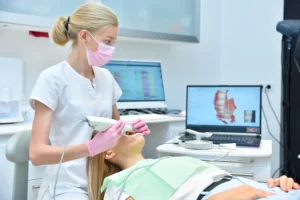
- View Category: Digital Dentistry Digital Dentistry
The Real Cost of a Digital Impression Scanner and Why It Pays for Itself
Intraoral scanners have changed the way modern dental practices operate. They deliver faster impressions, fewer remakes, and better patient communicat...
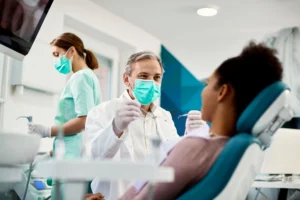
- View Category: Digital Dentistry Digital Dentistry
Photogrammetry and the Value of Going Digital in Complex Cases
In full-arch implant dentistry, precision is not a luxury. It is a non-negotiable. As cases grow more complex, the need for accurate data and efficien...
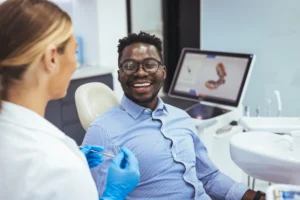
- View Category: Practice Growth Practice Growth
How Diagnostic Scanning Improves Hygiene and Preventive Care
Preventive dental scanning is redefining the role of hygiene and routine visits. In the past, scanners were seen mainly as tools for restorative impre...
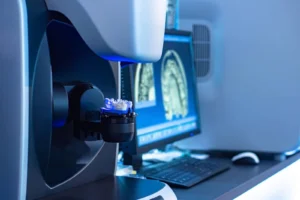
- View Category: Digital Dentistry Digital Dentistry
What Makes a Good Lab Partner in the Digital Age?
In a digitally driven dental practice, lab relationships matter more than ever. Today’s restorations rely on precision scans, digital communication,...
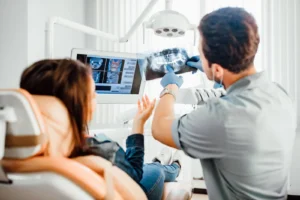
- View Category: Practice Growth Practice Growth
Digital Dentistry ROI: 5 Metrics Every Practice Should Track
As more dental practices adopt intraoral scanners and digital workflows, the next challenge becomes clear: measuring return on investment (ROI). While...
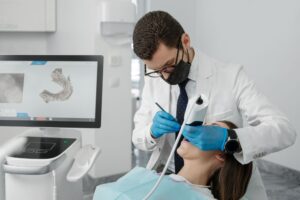
- View Category: Practice Growth Practice Growth
How to Maximize ROI on Your Intraoral Scanner
Investing in an intraoral scanner is a significant step toward modernizing your dental practice, but simply owning the device isn’t enough to guaran...

- View Category: Practice Growth Practice Growth
Incisive vs. Other Free Scanner Programs: What Sets Us Apart?
Know What You're Getting with Free Scanner Programs Many dental practices are intrigued by free intraoral scanner programs—but not all offers are...
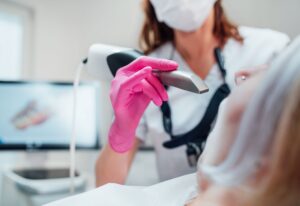
- View Category: Digital Dentistry Digital Dentistry
Why Digital Impressions Are the Future: Comparing PVS vs. Intraoral Scanners
For decades, polyvinyl siloxane (PVS) impressions have been the standard for capturing dental impressions, but with the rise of intraoral scanners (IO...